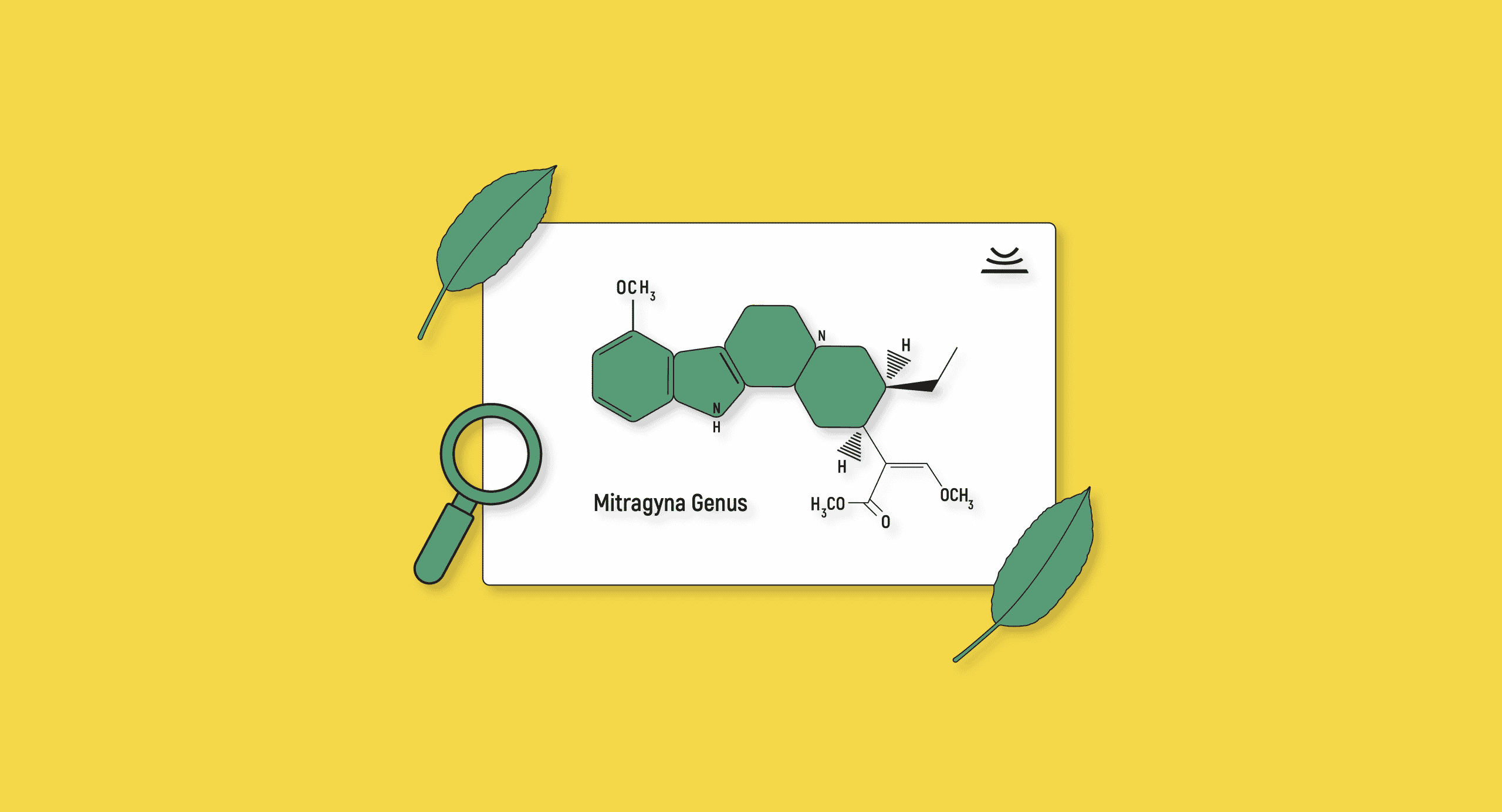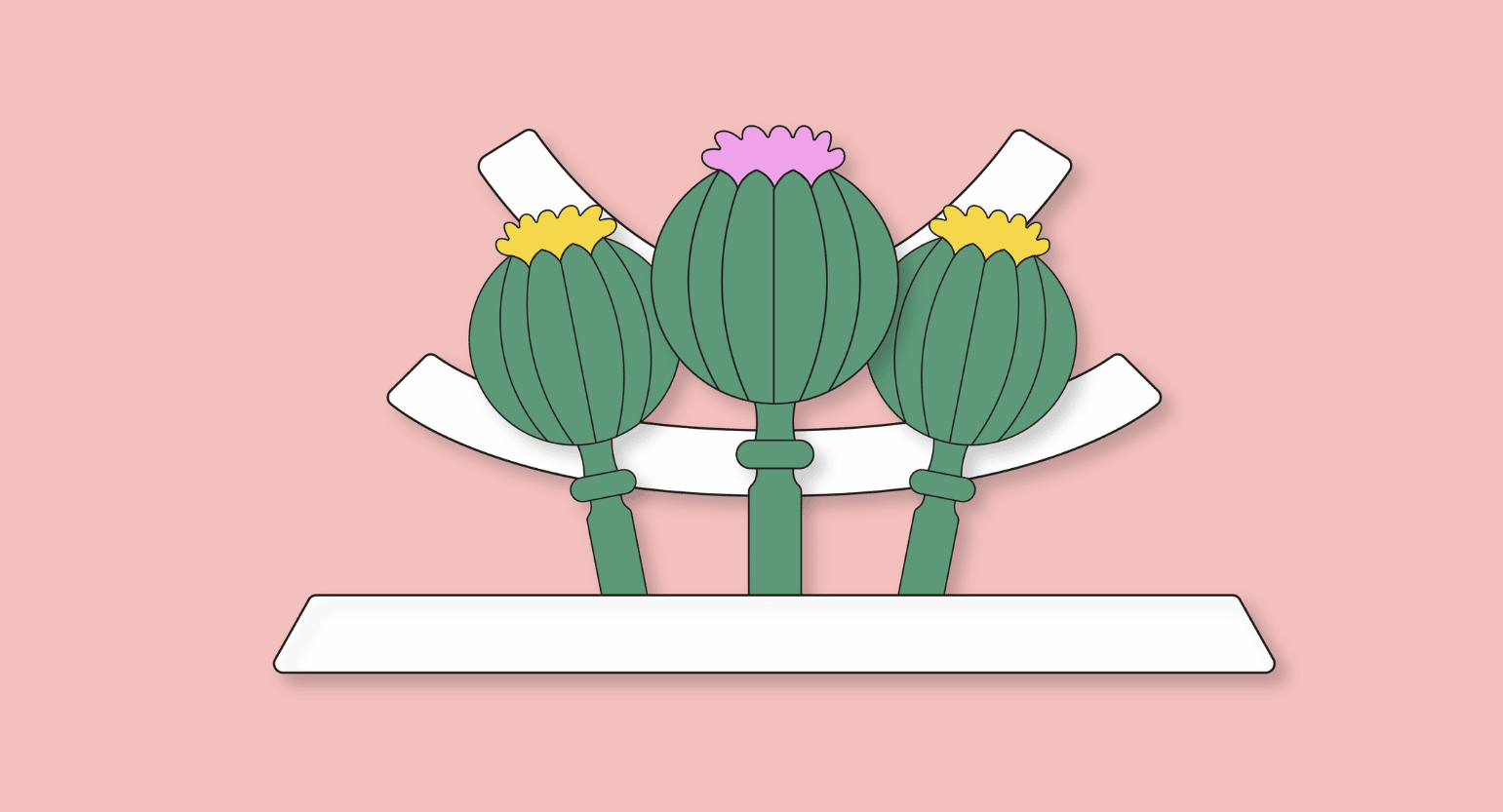What Is the Mitragyna Genus?
The Mitragyna plants are powerful natural medicines that grow only in the tropical and subtropical regions of Asia and Africa.
Cultures in these regions generally hold the Mitragyna plants in high regard. They’ve been used traditionally as medicine for many different purposes. They are generally helpful for reducing or managing pain, providing energy, and destroying unwanted microbes.
All of the Mitragyna plants contain numerous alkaloids that can be used for medicinal purposes.
Entire countries or geographical regions in both Asia and Africa are known to revere Mitragyna trees. Traditionally reserved for these regions alone, the Mitragyna genus has recently become known globally as a powerful medicinal (and, in some spheres, recreational) group of plants.
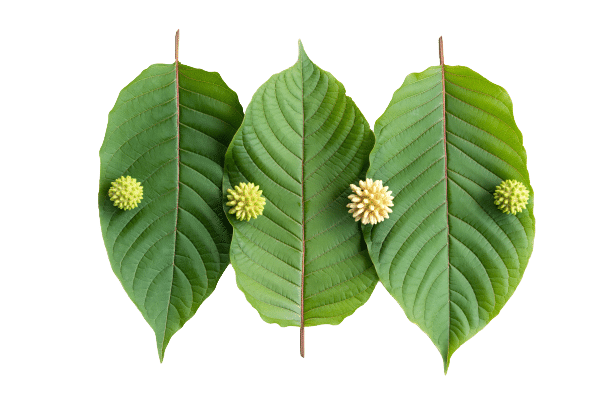
The Mitragyna genus belongs to a subfamily known as the Cinchonoidaea. This subfamily contains about 1700 species divided among 10 different tribes. Mitragyna belongs to the Naucleeae tribe and Rubiaceae family (more on this later).
The genus Mitragyna was first founded in 1839 by the Dutch botanist, Pieter Willem Korthals. He observed a division in the Nucleae tribe, effectively removing Nuclea cordata by observing the plant’s combined ovaries. He relegated it to the genus Platanocorpum, pointing out this genus’ relationship to Sarcocerphalus, and eventually coined the name for the genus Mitragyna.
Korthals chose the name Mitragyna because he found that the trees had stigmas that looked similar in shape to a bishop’s miter.
Originally he had named the genus Stephegyne. There was some debate as to whether Mitragyne or Mitragyna was a more suitable name; Mitrasacme was also suggested by R. Brown (Prod. 452, 1810).
Technically, and according to the rules of botany, the name of Mitragyna should be Mamboga. Priority is generally given to original names, and a Philippine species of Mitragyna was originally named Mamboga. At the time, the genus was poorly defined, and thus Mitragyna won as the official name.
Mitragyna is said to be the most distinct genus of the Nucleae tribe, although prior to Korthals’ divisions, this may not have been the case.
How Many Species of Mitragyna Are There?
Botanists can’t seem to agree with the number of plants in the genus. Some say that there are ten Mitragyna species as yet identified; others say that there are only seven and that the remainder is synonymous with other plant species.
This is why some members of this family seem to be lacking in information. As it stands, there are seven “official” plants in the genus. All of these trees are fairly large, with leaves that are also comparably large.
Mitragyna Growth Characteristics
Trees in the Mitragyna genus may grow up to 30 meters in height. They are recognizable thanks to their globular, flowering heads. Within each head may be as many as 120 florets, each surrounded by a protective bracteole during the development of the budding flower.
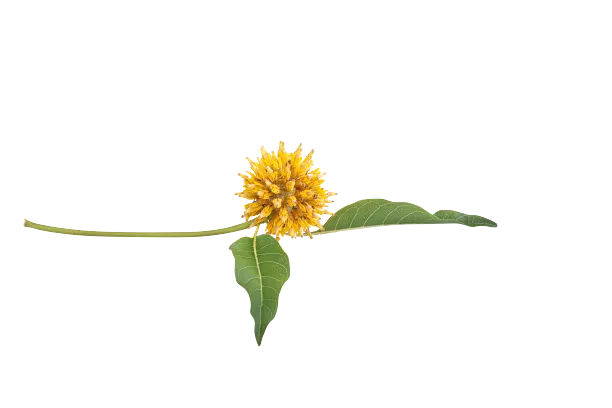
The fruit of the kratom tree is a capsule within which the seeds are found: tiny, flat little things.
The Rubiacaea Family
The Mitragyna genus belongs to the Rubiaceae family. Mitragyna is just one of more than 600 to be found in the family. Of these 600-plus genera, Mitragyna consists of about 7–10 plants (still debated among taxonomists), including kratom (Mitragyna speciosa).
The Rubiaceae family is best known as the ‘coffee’ family.
When you hear someone saying that kratom is related to coffee, this is why. The vast, flowering Rubiaceae family contains thousands of plants with a wide range of effects. Kratom and coffee may share the same family roots, but they are more like distant cousins than immediate family. The Mitragyna genus contains all of kratom’s brothers and sisters.
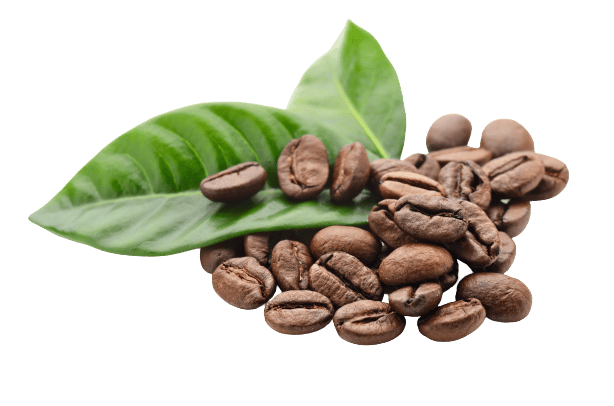
Members of the Rubiaceae have easily-recognized leaves that grow in pairs of opposites along the branches and have interpetiolar stipules (located on the stem between the leaves). Most of the plants in the family are shrubs, but there are herbs, trees, and other types of foliage.
Most of the members in the coffee family, including the Mitragyna genus, tend to gather in higher density among tropical regions.
As the name ‘coffee family’ implies, this family has a rich history of psychoactive and ethnobotanical use — largely owing to the group’s ability to produce pharmacologically active alkaloids. That said, there are nearly 14,000 species identified thus far in the Rubiaceae family, and hardly any of them are as powerful as coffee or kratom.
A few other examples are gardenia and cinchona, the plant from which quinine is obtained. Quinine is a powerful antimalarial agent. Many plants in the Rubiaceae family (kratom included) contain alkaloids that are great at fighting microbes.
Related: What is the Coffee Plant (Coffea arabica)?
List of Species in the Mitragyna Genus
Officially, there are seven trees in the genus. These are:
- Mitragyna speciosa
- Mitragyna hirsuta
- Mitragyna javonica (Mitragyna diversifolia)
- Mitragyna inermis
- Mitragyna parvifolia
- Mitragyna rotundifolia
- Mitragyna tubulosa
- Mitragyna stipulosa (Debated)
There are also a number of ‘synonyms’ that describe different plants that don’t fit into the genus or have already been described elsewhere:
- Mitragyna javanica is said to be a synonym for M. diversifolia.
- Mitragyna ciliata and Mitragyna ledermannii are synonyms of Fleroya ledermannii.
- Mitragyna stipulosa is a synonym of Fleroya stipulosa.
- Mitragyna macrophylla is a very old (early to mid-1800s) synonym for Mitragyna stipulosa.
- Mitragyna africana is another old synonym for M. parvifolia.
- Mitragyna rubrostipulata seems to be an accepted name for a tree in the genus. However, there is little to nothing written about this specific plant in any English journals or plant encyclopedias. A Latin description can be found in an 1889 issue of the Journal of the Linnean Society.
M. inermis is found in West Africa, as are the synonymous Fleroya plants that are sometimes referred to as M. ciliata and M. stipulosa.
M. rubrostipulata is the only species native only to East Africa.
Indian and Southeast Asian species include M. hirsuta, M. parvifolia, M. diversifolia, M. rotundifolia, M. speciosa, and M. tubulosa.
Mitragyna javonica (AKA Mitragyna diversifolia)
Mitragyna javonica stretches all the way from the mountains of the Himalayas to the Philippines. It can be found on the islands of Java and Cocos. It’s an understory tree that tends to grow no taller than 50 feet (15 meters).
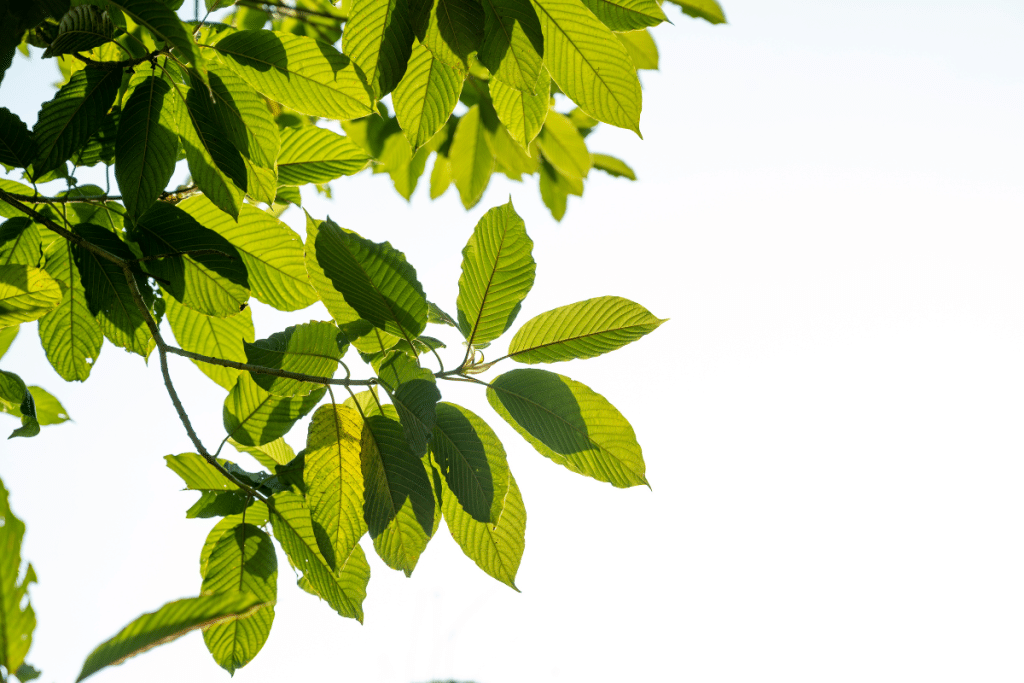
Like its brother and sister plants, M. javonica has a very diverse number of applications. Its antidiarrheal and analgesic properties are powerful enough to be acknowledged in the Bangladesh Journal of Pharmacology.
The tree is sometimes confused with the similar M. parvifolia. They remain different, however, at least in the length of the tube found in the corollas, which are consistently and significantly longer than those found in M. parvifolia.
Mitragyna parvifolia
Known in India as Kaim, this plant is found in its highest density on the Indian Peninsula and Ceylon, throughout Burma, and in parts of China and Sri Lanka. It’s used medicinally by indigenous Indian folk to help treat jaundice. The Mitragyna genus leaves are typically used for alleviating pain, both topically and internally.
Mitragyna genus trees grow can grow up to 50 feet in height — timber is also known for its quality.
Different tribal cultures have different uses for the plant. The Tumkur natives use the bark of the stems to treat biliousness and muscle pain. The Valaiyans tribe uses it to treat pain from rheumatism. Indigenous Sonaghati from the Sonbhadra region makes a decoction from the bark to heal fevers.
The Valaiyans also employ the use of the tree bark and the roots to manage all sorts of ailments ranging from muscular pain, poisoning, gynecological problems, coughs, and edema. It is also employed as an aphrodisiac. The juice from the fruit is used as a lactodepurant.
The tree remains a popular medicine in Ayurveda, India’s traditional medicine system.
M. parvifolia contains a number of alkaloids that were first isolated in 1964 by Shellard and Phillipson. These are rotundifoline, isorotundifoline, rhynchophylline, and isorhynchophylline. These alkaloids are all obtained from the plant’s leaves in a sample that was obtained from Kerala, India.
Interestingly, alkaloids obtained from what is believed to be the same species, found in a different Indian state (Maharashtra), display different alkaloids: akuammigine, pteropodine, isopteropodine, and speciophylline. This last one is consistent with M. speciosa.
All of these alkaloids, save for speciophylline, had previously been isolated from different plants in the Uncaria genus.
Some researchers believe that this tree is the “true Kadam” that is often associated with Lord Krishna and described beautifully by the Sanskrit poet Kalidasa.
Such researchers posit that the tree commonly referred to as Kadam (Neolamarckia cadamba) could not be the same one mentioned by Kalidasa since it’s not native to the region. On the other hand, Kaim is the dominant tree in the forests of Vrindavan, where Kalidasa lived.
Mitragyna speciosa
Mitragyna speciosa, or kratom, is the most powerful and popular plant in the genus. It contains a rich concentration of the most potent psychoactive alkaloids produced by the genus and therefore has immediate appeal to the global community since it can quickly produce tangible effects.
M. speciosa has a very long history of ethnomedical usage across the world. In the United States, the earliest written record that attributes medicinal value to the plant was published in the 1999/2000 issue of The Entheogen Review, a quarterly published to inform people about the usage of various psychoactive plants and drugs.
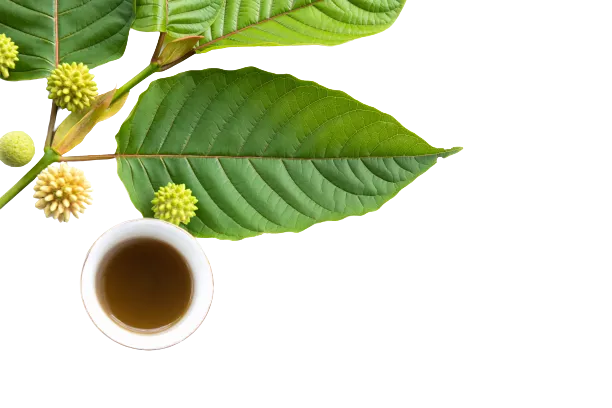
There is plenty of information available about M. speciosa. So much that we could hardly hope to include it all here. The powerful medicinal and recreational benefits of kratom have been elucidated in hundreds of articles that can be found on our site and throughout the web.
Mitragyna tubulosa
Mitragyna tubulosa is one of the least-studied varieties of Mitragyna trees. There is little information available online aside from the fact that it grows native to the Indian Peninsula.
Mitragyna hirsuta
Mitragyna hirsuta is one of the most popular Mitragyna trees, following kratom. It’s often recommended as an alternative to kratom, either as a tool for managing withdrawal or for alleviating pain.
The plant grows throughout Cambodia, Vietnam, and Thailand. It is referred to as kra thum khok, a name phonetically similar to kratom.
Mitragyna rotundifolia
Mitragyna rotundifolia is another plant that has not yet been widely studied or at least has not been described in many English-speaking journals or encyclopedias.
It likes to grow in temperate regions in south-central China and in tropical regions throughout the Indian subcontinent, and in parts of Cambodia, Laos, Thailand, and Vietnam.
M. rotundifolia is known to contain a number of quinovic acid triterpenoid saponins. At least six of these have been identified in the bark of the plant. The identification of these triterpenoids in M. rotundifolia was the first time that five out of the six had been identified in any member of the genus.
Mitragyna inermis
Mitragyna inermis is one of the shorter Mitragyna trees; some botanists, in fact, refer to it as a shrub due to the density of its foliage. It’s by no means small (growing up to 52 feet tall), but the branches tend to form much lower on the trunk and produce the appearance of a bush.
Mitragyna inermis is traditionally used for many things, although most cultures employed the plant for practical and productive rather than medicinal purposes. Its wood was used for building and could be used to produce dye for coloring fabrics.
M. inermis grows in the tropical regions of Africa, ranging from Senegal to Sudan and southwards towards Zaire. It prefers to grow in damp areas that flood or give rise to swamps. It can handle salty soil and thus can be found in coastal mangrove swamps.
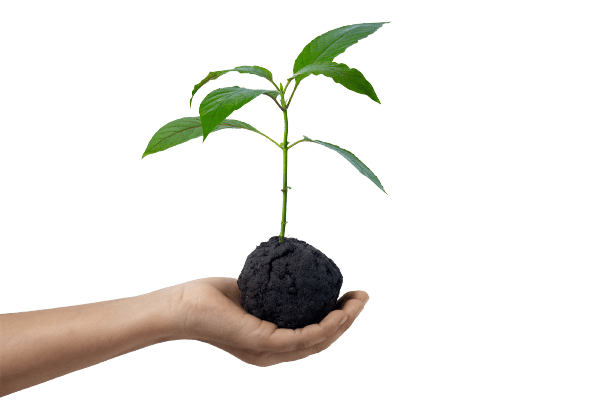
Medicinally, Mitragyna inermis has been employed for the management of constipation, stomach disorders, dysentery, rheumatism, malaria, syphilis, jaundice, and mental disorders. Like most other Mitragyna plants, it also functions as a diuretic.
Modern research has evaluated the usefulness of Mitragyna inermis for treating memory impairment and cognitive deficiency in mice. Though the cognitive deficiency was manually induced with the application of the amnesic agent scopolamine, M. inermis actually reversed the effects of scopolamine — suggesting a protective action on cognition and memory.
The Mitragyna Alkaloids
All Mitragyna plants produce a variety of pharmacologically-active alkaloids. Most of these alkaloids are classified as either indole or oxindole alkaloids.
Indole Alkaloids
Indole alkaloids contain the base structure indole and often include separate isoprene groups (terpene indoles or secologanin tryptamine alkaloids). Indole alkaloids are one of the largest groups of alkaloids consisting of more than 4100 different compounds, most of which produce significant effects when consumed. Some are used as medicine. Indole alkaloids require the amino acid tryptophan for their formation.
Some other common members of this group include lysergic acid diethylamide, psilocybin and psilocin, and serotonin.
Oxindole Alkaloids
Oxindole alkaloids are also derived from the amino acid tryptophan. They contain a base structure of oxindole rather than indole. Oxindole itself is a valuable medical component. Oxindole alkaloids often possess anticancer, antimicrobial, antioxidant, and analgesic benefits.
Kratom Alkaloids Are Unique
One interesting thing about the alkaloids found in the Mitragyna genus is their lack of symmetry. All alkaloids have asymmetric centers at the various carbon locations (at C3, C15, and C20). This discovery allowed researchers to hypothetically evaluate all possible Mitragyna alkaloids.
The alkaloid content of the Mitragyna plants varies significantly throughout the year. The main indole alkaloids tend to remain fairly stable throughout the seasons (mitragynine, 7-OH-mitragynine, speciognine, paynantheine, and speciociliatine are believed to exist in all kratom leaves).

However, the rest of the alkaloids vary, especially the oxindole alkaloids, which vary massively from place to place and at different times. Though the oxindole content is minuscule compared to the indole content, the variation is immense and likely reflects subtle changes in different strains of kratom.
History of Kratom & Mitragyna Alkaloids
The first reports of Mitragyna as a medicinal plant came in 1897. The leaves and bark of Mitragyna speciosa were said to be a fantastic cure for an opium habit (Ridley, 1897).
This brought awareness to the local tradition of chewing the plant’s leaves in Thailand, where the locals referred to the plant as kratom before it was banned.
The first alkaloid extraction from kratom was performed shortly after these initial reports and then repeated again in 1921. This second extraction was the one that gave the alkaloid its current name: mitragynine.
Three additional alkaloids had been discovered by 1940; mitraphylline (originally discovered from the bark of M. rubrostipulata, the species native to East Africa), rhynchophylline, and rotundifoline. In 1939 an alkaloid found in M. inermis was named mitranermine.
Mitragynine was the only alkaloid studied specifically for its analgesic benefits. This has been confirmed in numerous modern studies.
There were few significant advances in the study of Mitragyna alkaloids until the Pharmacy Department at Chelsea College decided to take a deeper look at the genus. They were searching for synthetic alternatives to morphine at the time.
Due largely in part to their research, more than 40 alkaloids have been identified in the Mitragyna genus. With just over 4,000 indole alkaloids having been discovered, the seven Mitragyna trees provide us with nearly 1% of the alkaloids found in the other 17,000 members of the Rubiaceae family.
Not all of these alkaloids are unique to the genus, though. The well-known alkaloid ajmalicine was discovered in kratom leaves in 1966 and can be found in Catharanthus roseus and Rauvolfia spp. Ajmalicine is a powerful anti-hypertensive alkaloid that is potent enough to be sold in its natural form as a pharmaceutical product.
Ajmalicine is also the alkaloid from which mitraphylline is produced.
Ethnomedical & Modern Medical Uses of Mitragyna
By far, the most common Mitragyna plant used for medical purposes nowadays is Mitragyna speciosa, seeing as it is the only plant to have a global following. However, the indigenous people who reside in areas where Mitragyna plants grow naturally have their own historical uses.
The majority of ethnomedical uses for Mitragyna plants make use of the bark rather than the leaves. The roots, flowers, and root bark, as well as the fruit and seeds, are also used but to a much lesser degree.
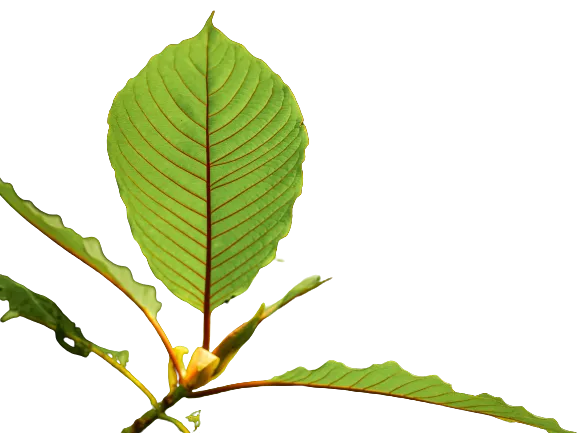
The high level of consumption of Mitragyna leaves in Western countries has led to an uneven distribution of studies regarding the different components of the plants. The leaves are generally studied most often, although the bark and other plant parts most likely contain alkaloids that are not found in the leaves or are found in vastly differing quantities.
The leaves are used both internally and externally. Most medicines made using the other plant components are used topically, with some decoctions being prescribed internally for the treatment of gastrointestinal issues.
Kratom is the only Mitragyna plant that has been commonly used as a treatment for opium addiction. However, several of the other members of the genus have been prescribed for treating kratom addiction, most notably M. hirsuta.
Final Thoughts on the Genus Mitragyna
The Mitragyna genus contains only seven trees and yet provides dozens of medicinal alkaloids that have been employed by various cultures in the treatment of a vast multitude of conditions. These alkaloids have been accepted by the modern medical community as having impressive value.
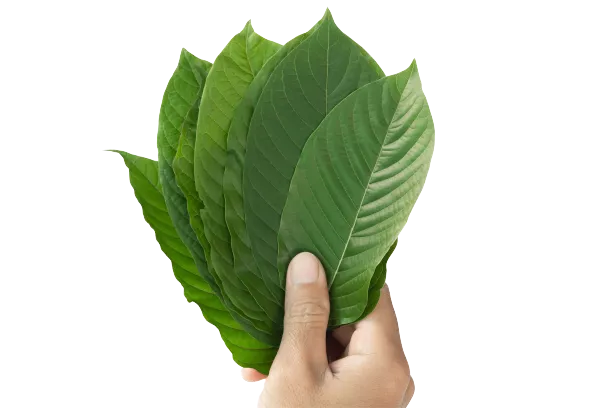
Despite this, there remains some controversy regarding the use of some Mitragyna plants, especially M. speciosa (kratom). Due to its powerful analgesic and euphoriant properties, the plant also harbors the potential for being habit-forming and has thus fallen under the scrutiny of law enforcement agencies worldwide.
In either case, Mitragyna is a fantastically versatile genus that shows a lot of promise. Serious research has only been undertaken throughout the last several decades, so we can hope that further study continues to reveal more information about these plants.
- Brown, P. N., Lund, J. A., & Murch, S. J. (2017). A botanical, phytochemical, and ethnomedicinal review of the genus Mitragyna Korth: Implications for products sold as kratom. Journal of Ethnopharmacology, 202, 302-325.
- Jansen, K. L., & Prast, C. J. (1988). Ethnopharmacology of kratom and the Mitragyna alkaloids. Journal of Ethnopharmacology, 23(1), 115-119.
- Takayama, Hiromitsu. “Chemistry and pharmacology of analgesic indole alkaloids from the rubiaceous plant, Mitragyna speciosa.” Chemical and Pharmaceutical Bulletin 52, no. 8 (2004): 916-928.
- Bremer, B., & Eriksson, T. (2009). Time tree of Rubiaceae: phylogeny and dating the family, subfamilies, and tribes. International Journal of Plant Sciences, 170(6), 766-793.

